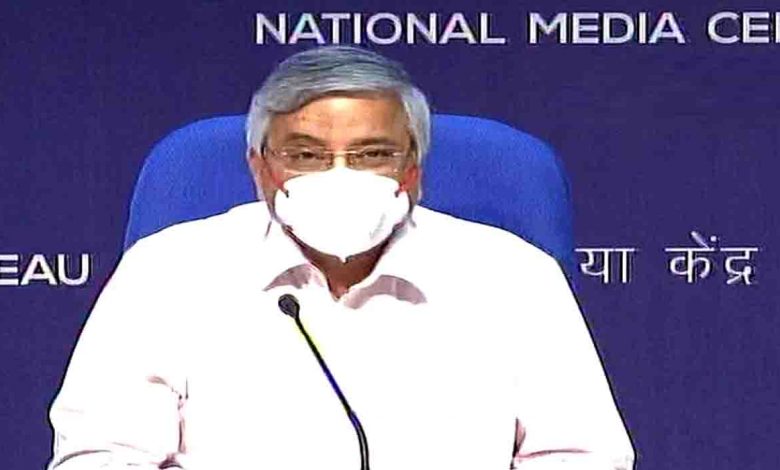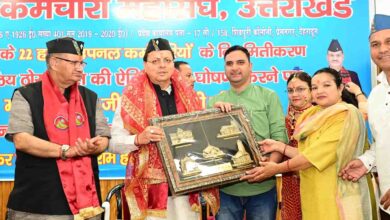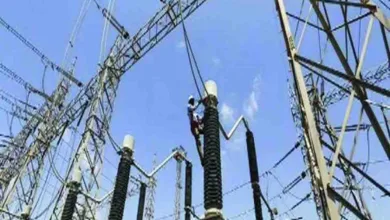3rd wave won’t affect children more: Guleria

Wednesday, 09 June 2021 | PNS | New Delhi
Even as various States are gearing up to ramp up medical facilities for children in anticipation that health threat to them will be severe in the third wave, Dr Randeep Guleria, Director of AIIMS, Delhi, on Monday allayed the fear saying there is no data anywhere in the world to corroborate these claims.
“It is a piece of misinformation that subsequent waves of the Covid-19 pandemic are going to cause severe illness in children. There is no evidence to show that the third wave of Covid-19 infections will affect children more than others,” Dr Guleria said while addressing the Health Ministry’s Press conference on Tuesday.
“If we look at all data, including Indian data from the first and second wave or even global data, there is nothing to show that either the old or new variants led to more infection among children,” Dr Guleria said.
He added, “According to the second wave data, out of all the children admitted to hospitals with Covid-19, 60-70 per cent had co-morbidities or low immunity, some were on chemotherapy. Most healthy children who were infected recovered without the need for hospitalisation.”
“We see waves of infection in the case of respiratory viruses because the virus mutates and human behaviour changes during a pandemic,” he said.
He cited the example of influenza and swine flu.
“It was seen in 1918, data shows that the second wave was the biggest wave. Maximum deaths and cases were seen in the second wave but there was a smaller third wave also,” Dr Guleria added.
“Lockdowns bring down infection but opening lockdowns lead to the possibility of a spike in infections,” he said and went on to add that Covid-appropriate behaviour must be adopted to break the chain of transmission.
Explaining why pandemics return again, the AIIMS Director said, “Multiple waves occur when there is a susceptible population and when a large part of the population acquires immunity against the infection, the virus becomes endemic and infection becomes seasonal like that of H1N1 that commonly spreads during monsoon or winters.”
“Waves can occur due to changes in the virus (such as new variants). Since new mutations become more infectious, there is a higher chance for the virus to spread.”
NITI Aayog member (Health) Dr VK Paul had maintained that “It is uncertain that a wave would affect children specifically. Till now, children have displayed similar seroprevalence as adults, which means, they are as much affected as adults.”
However, States like Delhi and Maharashtra and many others have already started taking various steps to ensure that enough facilities are available to save the children in case they are trapped in the third wave which is estimated to arrive later this year.






